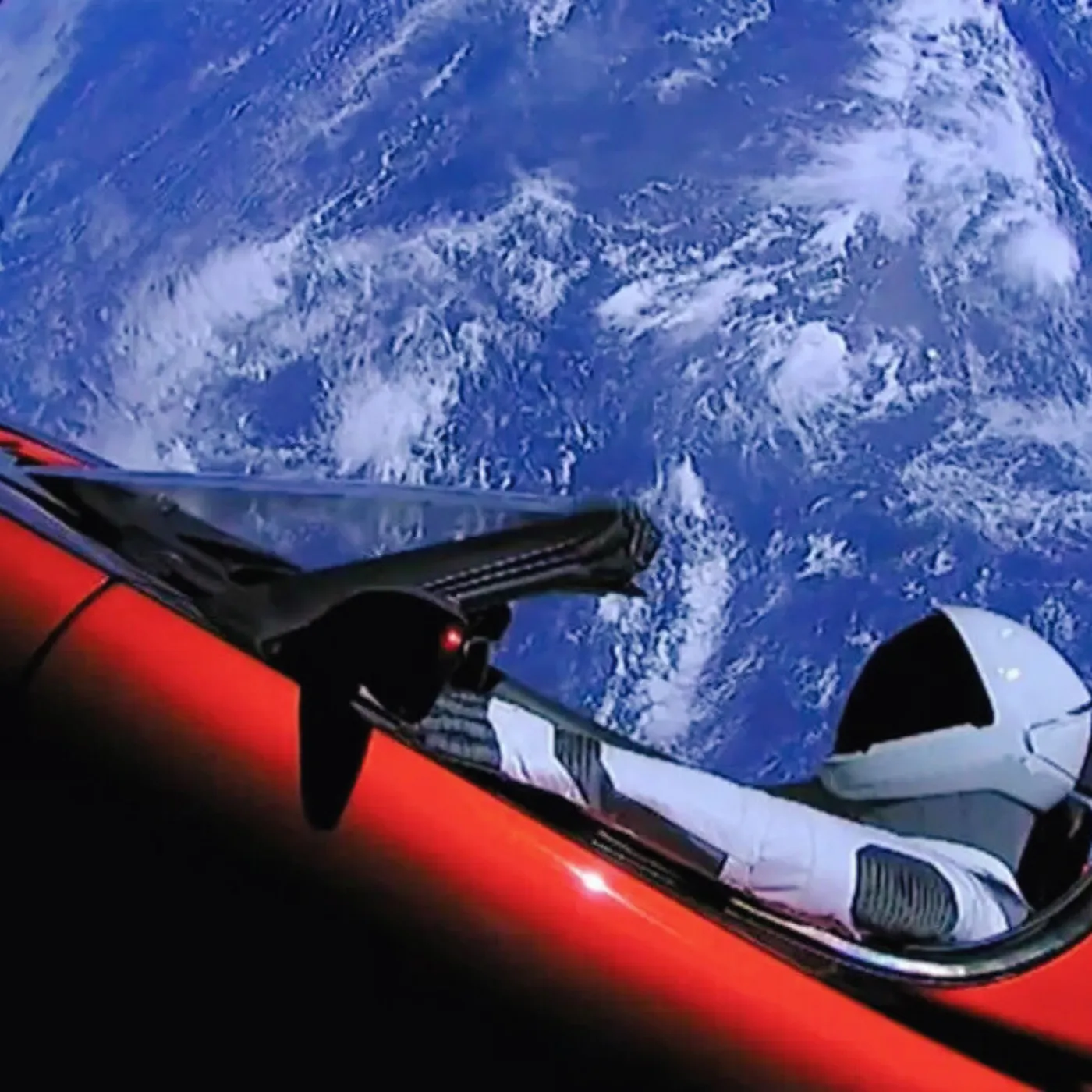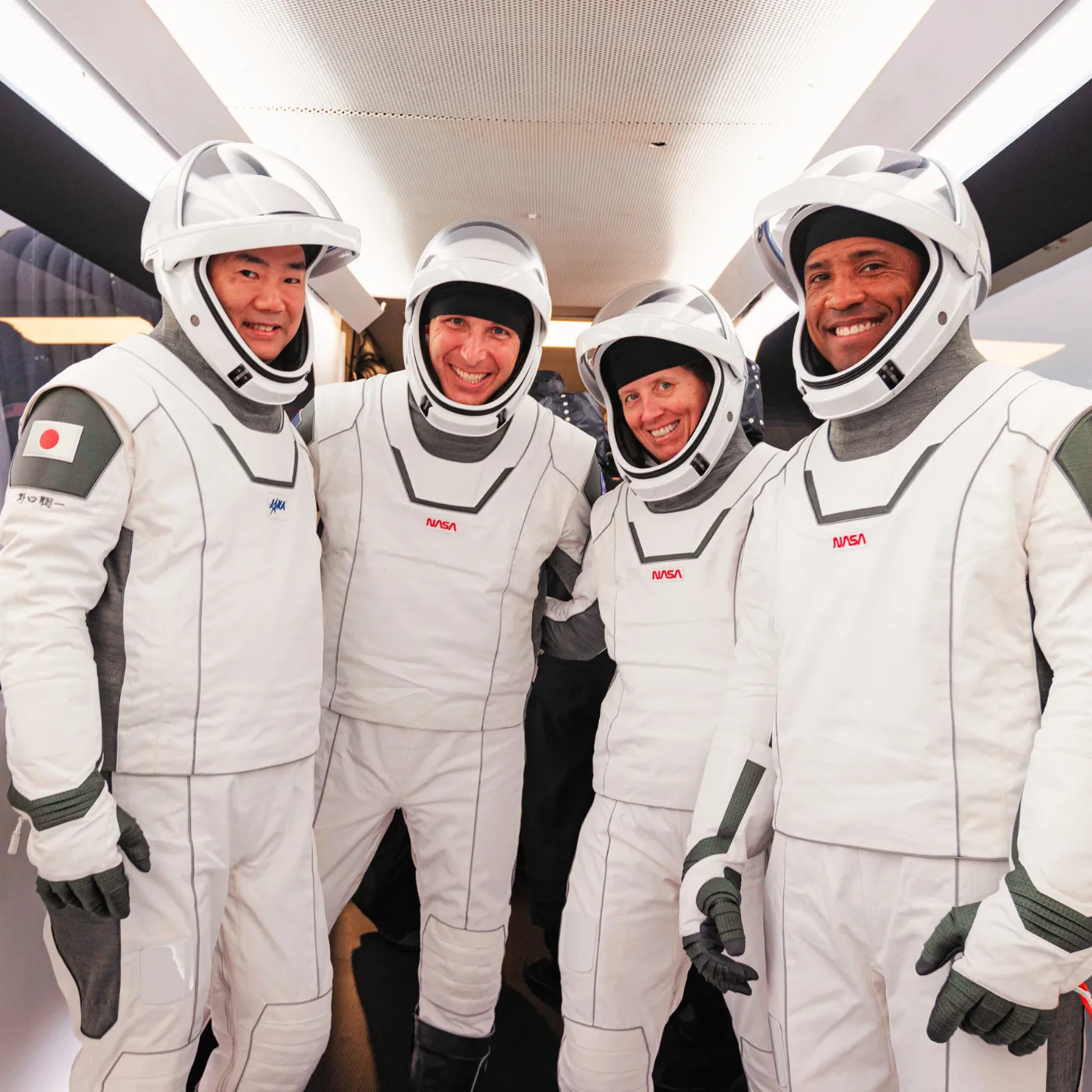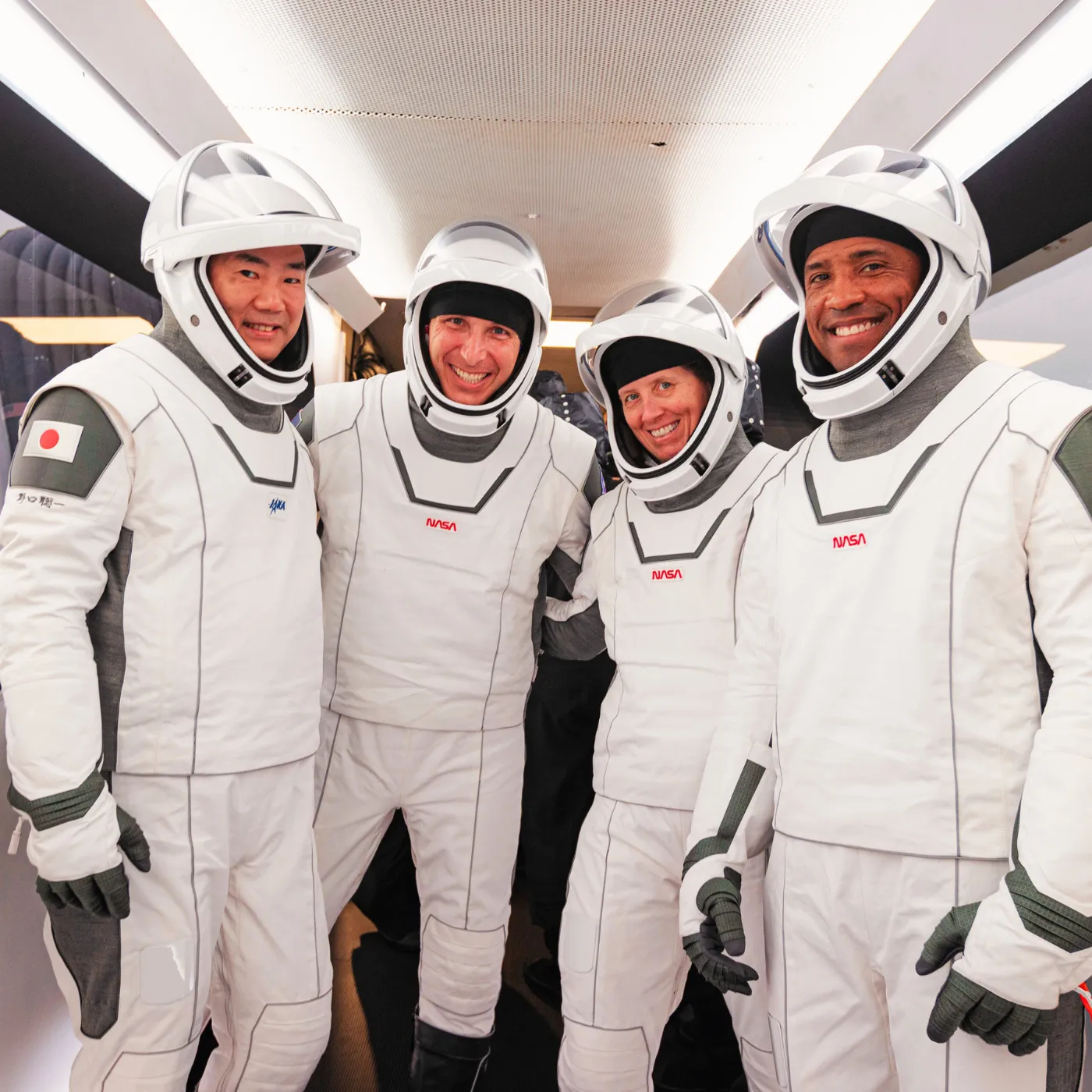

Elon Musk’s Tesla Robots Will They Replace Humans or Spark a Tech Apocalypse
Will Tesla’s Optimus revolutionize robotics or become the latest sci-fi fantasy? Brace yourself for the humanoid revolution!”
By addressing engineering challenges, ethical considerations, and our deep-seated fascination with human-like machines, Tesla’s ambitious project pushes us to rethink what robots should be—and what they might become.
Elon Musk’s recent Twitter announcement that “Tesla will have genuinely useful humanoid robots in low production for Tesla internal use next year” has set the tech world abuzz. Musk’s statement hints at a future where human-like robots capable of performing meaningful tasks become a reality. Could this be the turning point for humanoid robotics?
The Persistent Challenge of Humanoid Robots
Despite decades of research, humanoid robots have remained more science fiction than reality. Tesla’s Optimus robot joins a crowded field, including Boston Dynamics’ Atlas and Figure AI’s Figure 01. These robots, equipped with bipedal platforms, dexterous arms, and advanced AI, aim to navigate complex environments and collaborate with humans. From performing repetitive tasks in factories to serving as social care assistants, these robots promise transformative applications. But are we truly ready for their widespread adoption?
Practical Hurdles in Humanoid Robotics

Creating functional humanoid robots is no easy feat. Achieving flexible bipedal locomotion on varied terrains remains a monumental engineering challenge, despite advancements like Shadow Robot’s dexterous robotic hands. Unlike humans, who rely on soft, adaptive skin to interact with their environment, robots still struggle with limited tactile capabilities. The gap between automating factory tasks and handling dynamic environments highlights the need for significant progress in artificial intelligence and sensor technology.
The Creepy Factor: Human-Like Interactions
Humanoid robots raise a unique challenge: emotional and social interaction. When robots fail to emulate the subtle micro-expressions humans use to communicate, they can appear unsettling. This phenomenon, known as the “uncanny valley,” underscores the difficulties of making robots not just functional but also emotionally relatable.
Facing Real-World Conditions
Testing robots in controlled environments is one thing; deploying them in the chaotic real world is another. Rain, dust, and fluctuating temperatures pose significant durability challenges. Should we instead prioritize creating machines that excel in robustness over mimicking human vulnerabilities?
Why Humanoid? The Case for Familiarity

Why the obsession with humanoid robots? One argument is that human-like robots could navigate our world more seamlessly since it’s designed around the human form. However, this raises concerns. Will robots designed for strength and agility exacerbate inequalities, leaving behind those with physical disabilities? Instead, integrating robotics into everyday environments—smart furniture, adaptable vehicles—could create a more inclusive future.
Beyond Practicality: The Fantasy of Recreating Ourselves
Humanoid robots tap into a deeper cultural and psychological narrative. The dream of recreating ourselves echoes throughout history and science fiction, from Mary Shelley’s Frankenstein to modern dystopian tales. Perhaps the drive to build humanoid robots isn’t solely about utility but also about pushing the limits of innovation and imagination.
A “Moon Shot” for Robotics
Humanoid robots may serve as a “moonshot”—a seemingly unattainable goal that inspires groundbreaking engineering. Even if Tesla’s Optimus doesn’t fulfill all its promises, the attempt could yield innovations with far-reaching implications for robotics and AI.
Related News
Jianiu Zhang
I have a feeling that this is a good idea,USA
Comments are closed.



















1 comment